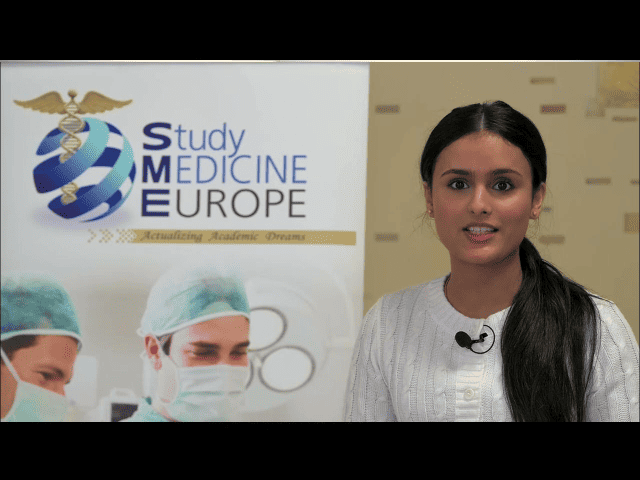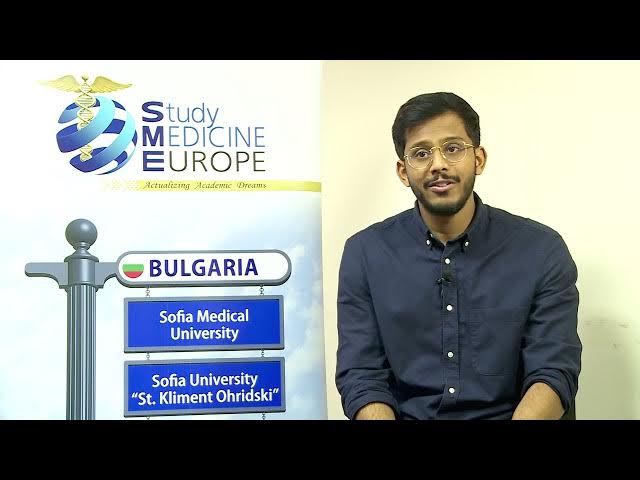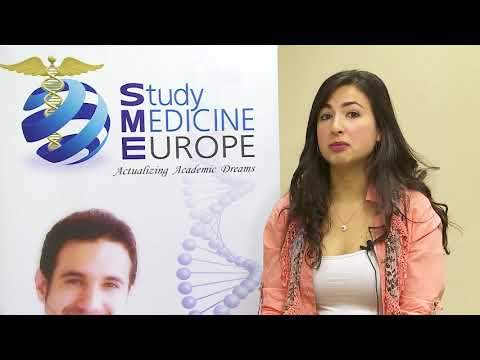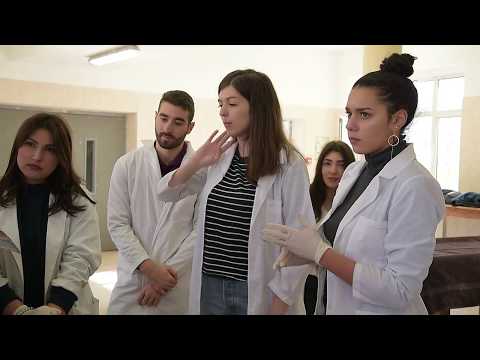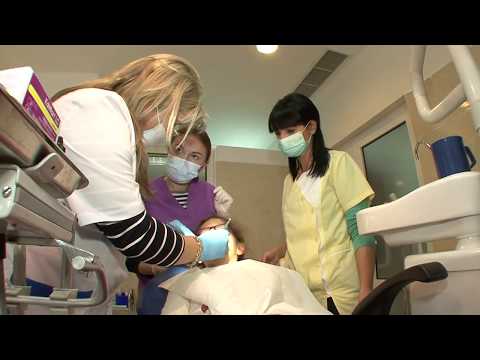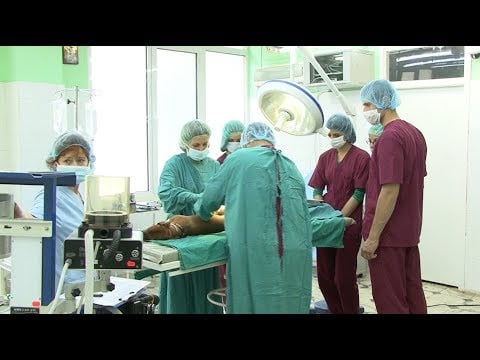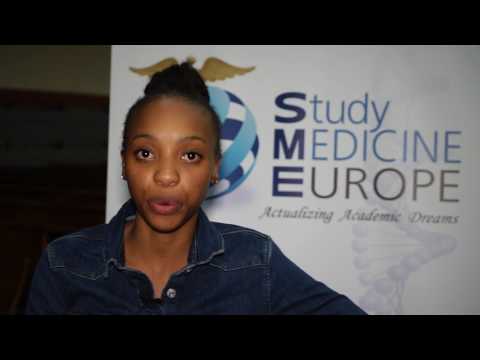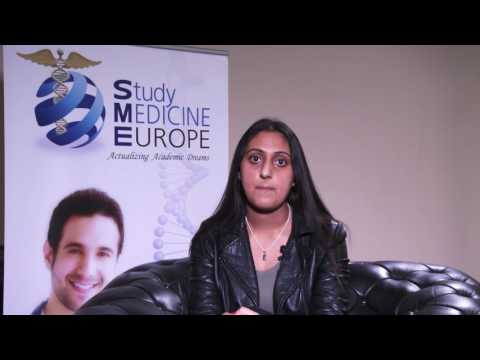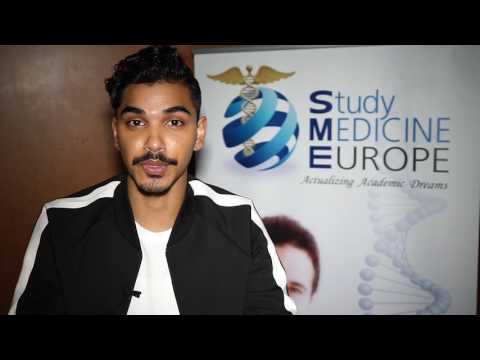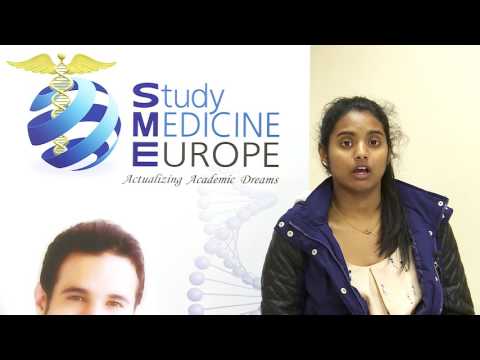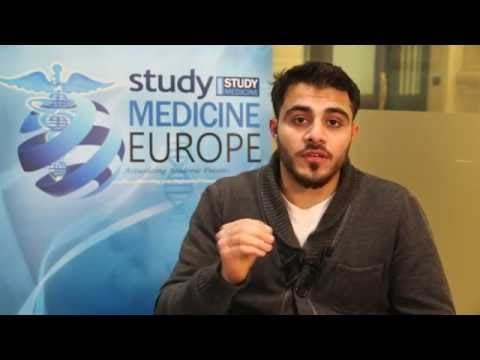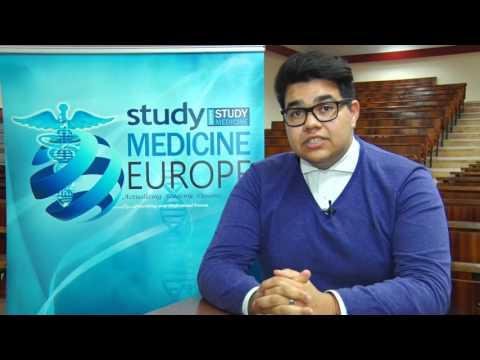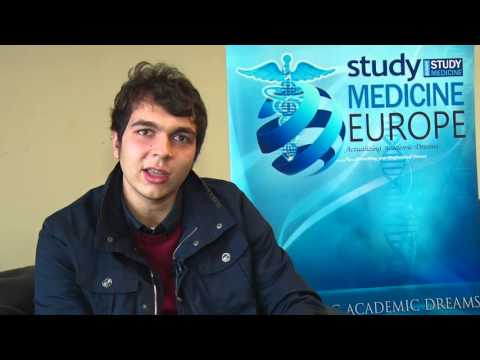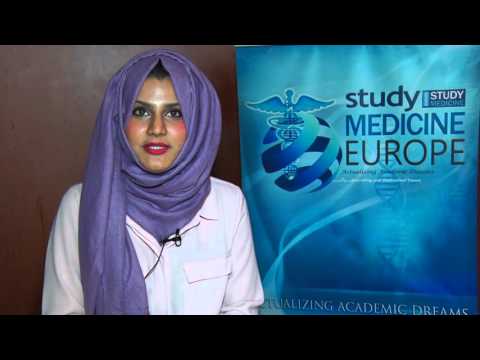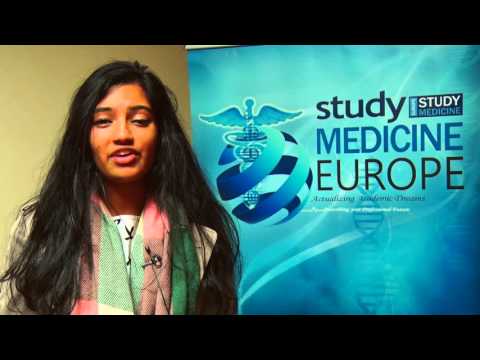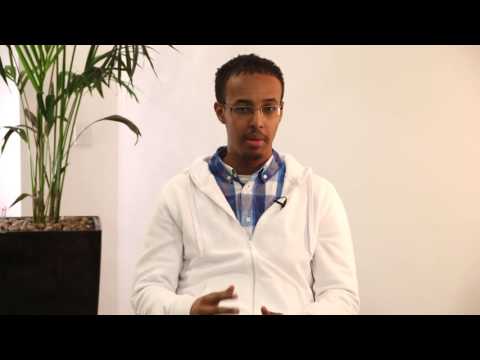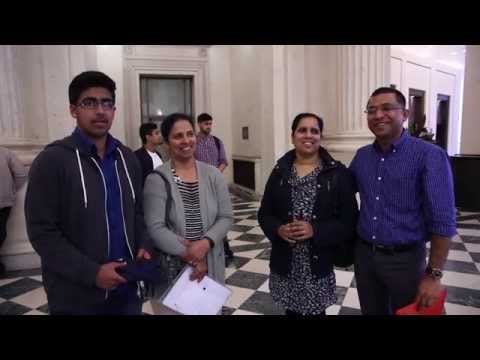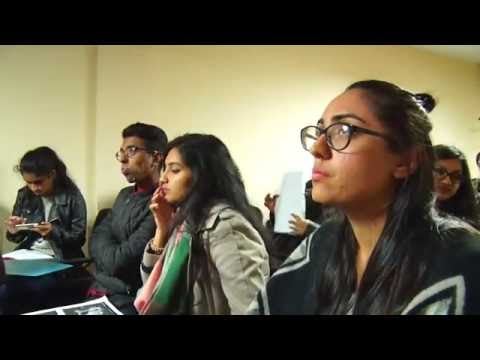Why Choose to Study Medicine at Accredited Universities in North America?
Admission
No entry exams
Tuition fees
From $6,950 per year
Undergraduate Entry
5-5,5 Years
Intake
January, May, September
Funding
Not Available
Graduate Entry
4 Years
Clinical Rotations (2 Years) – UK/US
Premed Program
(If required)
1 Year Online
MD Program
Basic Sciences
1.5 Year On-Campus
MD Program
Clinical Sciences
2 Years UK/USA Rotations
North American Universities to Study Medicine in English
+
 Why Study
Medicine in North America?
Why Study
Medicine in North America?
- Studying medicine in North America sets up students for an international medical career and a Doctor of Medicine (MD) qualification.
- North American medical schools in the Caribbean islands are established learning communities built around multicultural faculty and students giving prospective applicants an enriching learning experience.
- International students can find the right programme for their preferences and learning styles from a range of diverse universities with competitive classes and a curriculum of basic sciences and clinical sciences.
- North America is the centre of the world’s medical services, research, and innovation, giving students extensive opportunities for training in cutting-edge settings while studying.
- Medical universities in North America are listed in the Federation for Advancement of International Medical Education and Research (FAIMER), Association for Medical Education in Europe (AMEE), and the World Federation for Medical Education (WFME).
- Medical schools in the North America region include Caribbean countries such as Anguilla, Antigua and Barbuda, Barbados, and St. Vincent and the Grenadines.
+
 What
Undergraduate Medicine Programmes Can You Study in North America?
What
Undergraduate Medicine Programmes Can You Study in North America?
- New Anglia University (NAU) offers students a 5-Year Undergraduate Premedical and MD Programme.
- The NAU programme is studied in Anguilla and graduates are qualified with a Doctor of Medicine (MD) degree.
- NAU is a leading North American university with a curriculum developed in line with U.S. and British medical schools including offering international clinical rotations.
- This programme is studied over five years with a structure of: one year of Premedical modules, two years of Basic Sciences, and, two years of Clinical Sciences.
- 5-Year Undergraduate Programme:
- The Premedical year is a 90-credit foundation programme studied for 45 weeks; there are three terms studying modules with natural sciences, mathematics, and social sciences coursework.
- The MD Programme is 75 weeks of Basic Sciences modules studied over two years, then 72 weeks of Clinical Sciences studied as 48 weeks of Core Rotations and 24 weeks of Elective Rotations.
- Undergraduate students undertake clinical rotations in British hospitals and clinics.
- Saint James School of Medicine (SJSM) offers undergraduate students a 5.5-Year Programme for a Doctor of Medicine (MD) degree.
- SJSM is one of North America’s leading medical schools with a modern campus in St. Vincent and the Grenadines.
- The SJSM undergraduate programme is studied over 5.5 years with three trimesters per year: the PreMedical Programme, then Basic Sciences, and then Clinical Sciences.
- 5.5-Year Undergraduate Programme:
- The Pre-Med Programme is studied for 16 months and covers premedical modules consistent with U.S. medical schools.
- After the Pre-Med modules, students transition to the Basic Sciences with foundation modules studied for 16 months.
- Clinical Sciences is structured into 80 weeks of modules with five semesters of clinical rotations. Firstly, there are 48 weeks of core clerkships, then 32 weeks of elective clinical rotations.
- SJSM students complete clinical rotations in U.S. hospitals and clinics.
- Victoria University of Barbados (VUB) offers a 5-Year Undergraduate Medicine Programme that qualifies students with a Doctor of Medicine (MD) degree.
- Students studying at VUB learn on the modern medical school campus in Barbados and the curriculum is in line with U.S. programmes.
- The undergraduate VUB programme is structured into a Pre-Medical programme for one year, Basic Sciences for two years, and Clinical Sciences for two years.
- 5-Year Undergraduate Programme:
- VUB Pre-Medical modules are a Basic Foundation for Medical Sciences covering Physics, Chemistry, and Biology in preparation for Basic and Clinical Sciences.
- Following this, Basic Sciences are studied for two years with 84 weeks of theory modules including Anatomy, Physiology, and Diagnosis.
- Lastly, Clinical Sciences are studied for the final two years with 88 weeks of rotations; firstly, 60 weeks of Core Rotations, then 28 weeks of Elective Rotations.
+
 What
Graduate Entry Medicine Programmes Can You Study in North America?
What
Graduate Entry Medicine Programmes Can You Study in North America?
- New Anglia University (NAU) offers students a 4-Year Graduate Medicine Programme.
- Graduates study all modules and clinical rotations in English in Anguilla and are qualified with a Doctor of Medicine (MD) degree.
- The NAU 4-Year Graduate Programme:
- Candidates with a science-related Bachelor’s Degree are eligible for the NAU Graduate Medicine Pro-gramme.
- The graduate medicine programme is structured into two years of Basic Sciences, then two of Clinical Sciences.
- Students study 75 weeks of theoretical modules, then progress to 72 weeks of Clinical Rotations with Core Rotations for 48 weeks, and Elective Rotations for 24 weeks.
- Graduate students undertake clinical rotations in British hospitals and clinics.
- Saint James School of Medicine (SJSM) offers a 4-Year Medicine Programme that qualifies graduates with a Doctor of Medicine (MD) degree.
- SJSM is a leading medical school in North America, with medical training on a new Caribbean campus in St. Vincent and the Grenadines.
- The 4-Year medicine programme is structured into 10 semesters of four phases of study: the first two years of Basic Sciences consists of 84 weeks of modules (six terms); then, two final years of Clinical Rotations that consists of 80 weeks of Core Rotations and Elective Rotations.
- The two years of clinical rotations are completed in the U.S. or in Suriname’s affiliate teaching hospitals with all modules consistent with U.S. medical schools’ clinical sciences.
- SJSM is highly regarded for its inclusive culture and its experienced faculty who teach with a supportive low student-to-professor ratios.
- Victoria University of Barbados (VUB) offers a 4-Year Medicine Programme and graduates hold a Doctor of Medicine (MD) degree.
- The VUB curriculum is in line with international medical schools and students study on a modern university campus in Barbados.
- The 4-Year medicine programme is structured into: two years of Basic Sciences, with 84 weeks of modules (six terms); then, two years of Clinical Rotations with 88 weeks of Core and Elective Rotations.
- The two years of clinical rotations are studied in Barbados in state-of-the-art hospitals for all core rotations and elective rotations with experienced international professors and clinicians.
- VUB students may study the first two years of the programme’s Basic Sciences online.
+
 How is
North American Medical School Structured?
How is
North American Medical School Structured?
Medical schools in North America give British and international students an exciting pathway for beginning a
global career in medicine. Four of the world’s best medical schools are based across North America and
stu-dents study a rigorous training curriculum of:
- Pre-Medical Programmes
- Comprising: intensive foundation studies of premedical academic modules with coursework in natural sciences, mathematics, and social sciences
- Duration: 1-1.5 years
- Basic Sciences
- Comprising: theoretical foundation knowledge on-campus and with online study options available at some medical schools
- Duration: 2 years
- Clinical Sciences
- Comprising: clinical modules undertaken in UK and U.S. hospitals, medical clinics, and specialist centres with professors and clinicians
- Duration: 2 years
+
 Key facts
about the programme structure at the best North American medical schools
Key facts
about the programme structure at the best North American medical schools
- New Anglia University
- NAU offers 5-Year undergraduate and 4-Year graduate medicine programmes.
- Undergraduates study a Premedicine programme of foundation modules for the first year, then two years of Basic Sciences, followed by two final years of Clinical Sciences.
- Graduate students study two years of Basic Sciences, followed by two years of Clinical Sciences.
- Students complete clinical rotations in British hospitals and clinics which is included in tuition fees.
- Saint James School of Medicine
- SJSM offers 5-Year undergraduate and 4-year graduate medicine programmes.
- The Undergraduate programme consists of three trimesters per year: firstly students undertake the Pre-Medicine programme for 16 months, then Basic Sciences for 16 months, and finally Clinical Sciences’ core and elective rotations for two years.
- The Graduate programme is structured into four phases of learning over 10 semesters; Basic Sciences for 84 weeks for the first two years, then Clinical Sciences Core Rotations in the third year for 48 weeks, and then, Clinical Sciences Elective Rotations in the fourth year for 32 weeks.
- SJSM students complete clinical rotations in U.S. hospitals and clinics.
- Victoria University of Barbados
- VUB offers 5.5-Year undergraduate and 4-year graduate medicine programmes.
- The Undergraduate programme is five years of studies structured into: one year of Pre-Medicine modules, two years of Basic Sciences theoretical modules, and the final two years of Clinical Sci-ences with Core Rotations and Elective Rotations.
- The Graduate programme is structured into two years of Basic Sciences, then two years of Clinical Sciences. In Year One and Two there are 84 weeks of Basic Sciences modules, then in Year Three there are 60 weeks of Core Rotations, and in Year Four there are 28 weeks of Elective Rota-tions.
+
 UK Clinical
Rotations
UK Clinical
Rotations
- Students studying at New Anglia University (NAU) can complete their Clinical Sciences modules in the UK.
- These clinical rotations modules are completed in the final two years of both undergraduate and graduate programmes including core rotations and elective rotations.
- During the clinical rotations, students study with British professors, clinicians, and surgeons with all modules in line with UK medical school curricula.
- Clinical rotations in the UK give students firsthand experience with the British NHS systems as well as diverse clinical skills.
- UK clinical rotation fees for NAU are included in tuition fees.
+
 U.S.
Clinical Rotations
U.S.
Clinical Rotations
- New Anglia University (NAU) and Saint James School of Medicine (SJSM) students can undertake Clinical Sciences rotations modules in U.S. hospitals and specialist clinics.
- These Clinical Rotations in the final two years of the undergraduate programme and graduate programme are one year of Core Rotations, then one year of Elective Rotations.
- Due to the U.S. being the leader of global medical education, these clinical rotations give students a significant training and professional advantage prior to graduation.
- Students learn from leading North American and international professors, surgeons, and clinicians while completing their clinical rotations modules.
+
 North
America Medicine Entry Requirements
North
America Medicine Entry Requirements
Applicants must provide the following information:
- An application which includes the following details: bio, education history, and course for which you are applying.
- A copy of your secondary education results with subjects studied.
- Two small photos of 4-5cm.
- A personal statement.
- Two letters of recommendation.
+
 What’s it
Like to Live and Study in North America?
What’s it
Like to Live and Study in North America?
- International students enjoy an inspiring, competitive medical school experience in North America in a thriving student and alumni community.
- North America is a straightforward education pathway for prospective doctors and health professionals as all programmes are taught in English.
- There are countless opportunities for clinical rotations, research programs, and internships across North America so students are continually broadening their professional training.
- Medical campuses are safe, inclusive, and progressive with multicultural student communities from all over the world including the UK, Ireland, the European Union, Australia, New Zealand, and India.
- Campus facilities include modern laboratories, computer zones, and teaching hospitals in addition to university accommodation, transport services, and support personnel.
- Extracurricular activities abound both on-campus and off-campus with varied settings for universities, easy flights between countries, and simple visa processes.
+
 Why Should
You Apply to North American Medical Schools?
Why Should
You Apply to North American Medical Schools?
- Study a world-class medical education in highly-regarded universities with experienced clinicians in a community-minded professional setting.
- Extensive options for excellent medical schools in Antigua, Anguilla and Barbuda, Barbados, and St. Vincent and the Grenadines.
- Based on individual qualifications, choose from undergraduate and graduate programmes with a rigorous curriculum taught in English.
- Learn from diverse, experienced faculty with international experience as clinicians, professors, and medical researchers to prepare for a global medicine career.
- Enroll in medical schools at the forefront of research, technology, and health, that equip students with the highest standards of basic sciences and clinical rotations knowledge.
- Enjoy easy relocation and travel with accessible flight routes due to the multiple hubs connecting North America to the UK.
- Join a network of international alumni who are practicing medicine across the world including in the U.S., Canada, and the UK.
Watch Our Videos
Real Success StoriesOpen DaysEntry ExamsNetworking Events
Reviews
+ 2023
2023
+ 2022
2022
+ 2021
2021
+ 2020
2020
+ 2019
2019
+ 2018
2018
+ 2017
2017
+ 2016
2016
+ 2015
2015
+ 2014
2014




















